Are you a follower of Petula Clark? Are you searching on google for How to contact her? What is the WhatsApp number, contact number, or email id of Petula Clark? What is the hometown and residence address of Petula Clark? Who is the Contact Agent, Manager Petula Clark? What is the Facebook, Twitter, or Instagram id of Petula Clark? find out all these things in our article below.
Petula Clark Wiki/Bio
Clark’s parents, Doris (née Phillips) and Leslie Noah Clark welcomed him into the world on November 15, 1939, in Ewell, Surrey, England. Clark’s mother and father both worked as nurses at Long Grove Hospital in Epsom. Clark’s mother was of Welsh descent, while her father was of English descent. “Petula” was created by Sally’s father as a play on the names of two former girlfriends, Pet and Ulla, and was given to her by her father as a stage name.
During World War II, Clark and her sister lived with their grandparents in Abercanaid, near Merthyr Tydfil, in a little stone house with no electricity or running water, and a toilet at the foot of the yard. Clark and her sister were both orphans at the time. Her grandfather was a coal miner, and she grew up around coal. The Blitz was also a memorable time for her, as she recalls living just outside of London and witnessing dogfights in the sky while racing to air-raid shelters with her sister.
Later, when she was eight years old, she joined other youngsters in recording messages for the BBC, which were then broadcast to members of their families who were serving in the military. The recording session took place in the Criterion Theatre, which was an underground theatre that was very safe. A cry went out for someone to step forward and sing to soothe the other children who were upset when the air-raid siren went off.
Someone stepped up and sang to calm the other children down. Petula volunteered, and they were so taken by her voice that they decided to record her in the control room. “Mighty Rose” was the title of her song. Clark was a member of the chapel choir as a youngster, and she showed a gift for imitation by impersonating celebrities such as Vera Lynn, Carmen Miranda, and Sophie Tucker for her family and friends.
During a visit with her father to see Flora Robson in a production of Mary Stuart in 1944, she declared, “I made up my mind then and then that I was going to be an actor.” She later recounted, “I wanted to be Ingrid Bergman more than anything else in the world.
” While performing with an orchestra in the entry hall of Bentall’s Department Store in Kingston upon Thames, she was given a toffee tin and a gold wristwatch in exchange for her first public appearance, which was as an opera singer in 1945.
Almost by accident, Clark began appearing on radio and film at the age of seven, as well as in print and on television and recording albums. Clark made her radio debut in October 1942, while attending a BBC program with her father. She was attempting to broadcast a message to an uncle who was stationed overseas when an airstrike caused the transmission to be delayed.
She volunteered to sing “Mighty Lak’ a Rose” during the bombing as a way to calm the tense theatrical audience, and the positive response to her performance was overwhelming. She then reprised her performance for the television audience, kicking off a series of approximately 500 appearances in programs intended to entertain the soldiers in the military.
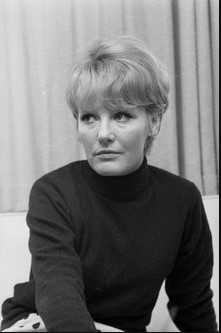 She was known as the “Singing Sweetheart” because of her performances for monarchs such as George VI, Winston Churchill, and Bernard Montgomery. Known as “Britain’s Shirley Temple,” she was also regarded a mascot by the British Army, with some of its soldiers plastering her images on their tanks as they marched into battle in order to bring good luck to their unit.
She was known as the “Singing Sweetheart” because of her performances for monarchs such as George VI, Winston Churchill, and Bernard Montgomery. Known as “Britain’s Shirley Temple,” she was also regarded a mascot by the British Army, with some of its soldiers plastering her images on their tanks as they marched into battle in order to bring good luck to their unit.
After seeing Clark perform in London’s Royal Albert Hall during a 1944 performance, film director Maurice Elvey approached her and asked if she would be interested in starring in his war drama Medal for the General. Clark agreed and was cast as Irma, a precocious orphaned waif when she was only twelve years old.
The second, third, and fourth Huggett Family films were released in short succession: Strawberry Roan, I Know Where I’m Going!, London Town, Here Come the Huggetts, Vote for Huggett, and The Huggetts Abroad, which were the second, third, and fourth in the series.
Despite the fact that several of the films she filmed in the United Kingdom throughout the 1940s and 1950s were B-movies,[citation needed] she collaborated with Anthony Newley in Vice Versa (directed by Peter Ustinov) and Alec Guinness in The Card, both of which were released in the United States.
She also had a brief role in the film I Know Where I’m Going, which was released in 2008. Clark appeared in the comic Radio Fun in 1945, when she was referred to as “Radio’s Merry Mimic,” and was billed as such. Clark had come to the conclusion that she had been playing child roles for far too long.
Petula Clark was contracted to host her own afternoon show after appearing on a BBC variety show called Cabaret Cartoons in 1946., which she hosted for the next ten years. Pet’s Parlour opened its doors in 1950. Clark met Joe “Mr. Piano” Henderson in 1947 while working at the Peter Maurice Publishing Company. Over the next ten years, the two collaborated on music and became intimately involved with one another.
As a result, Henderson connected Clark to record producer Alan A. Freeman in 1949, who, along with her father Leslie, went on to found Polygon Records, where she recorded some of her initial singles. Clark had recorded her first single, “Put Your Shoes On, Lucy,” for EMI in the previous year, as well as additional recordings with vocalist Benny Lee for Decca the following year.
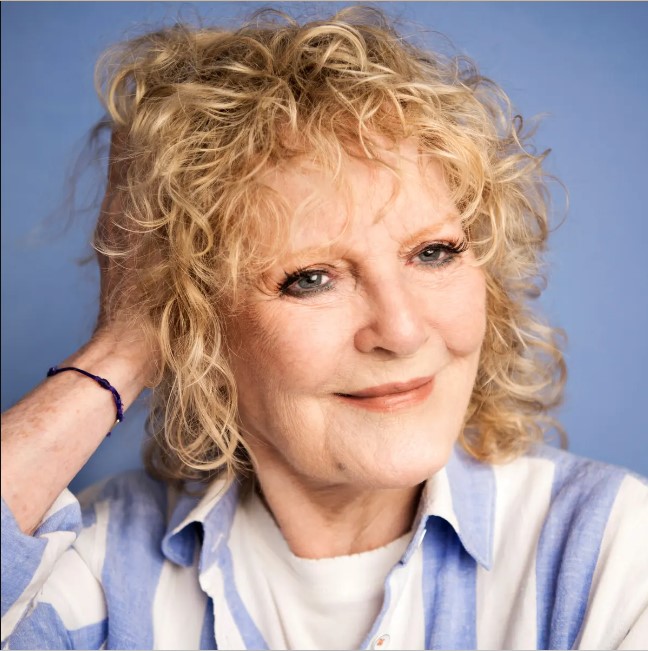 Career
Career
Clark’s revenues were used to fund a portion of the Polygon record label. While living in the United Kingdom throughout the 1950s, she had a string of top-ten songs, including “The Little Shoemaker” (1954), “Majorca” (1955), “Suddenly There’s a Valley” (1955), and “With All My Heart” (1956). “The Little Shoemaker” became an international smash, peaking at number one in Australia, marking the first of many number-one singles in her long and successful recording career.
Towards the end of 1955, Polygon Records was sold to Nixa Records, which was at the time a division of Pye Records, resulting in the formation of Pye Nixa Records (subsequently simply Pye). This effectively signed Clark to the Pye label in the United Kingdom, where she remained until the early 1970s when she left the company. During this time period, Clark demonstrated a strong interest in fostering the development of young talent.
She urged that Henderson be given the opportunity to record his own songs, and between 1955 and 1960, he scored five top-ten successes on the Polygon/Pye label. At the Paris Olympia in 1957, Clark was requested to perform despite her reservations and the fact that she was suffering from a terrible cold.
She was met with enthusiastic applause. The following day, she was invited to Vogue Records’ office in order to explore a possible recording contract. There, she met Claude Wolff, who would become her long-term publicist, colleague, and husband. Clark was immediately attracted to him, and when she was informed that she would be working with him if she signed with the Vogue label, she agreed to the arrangement immediately.
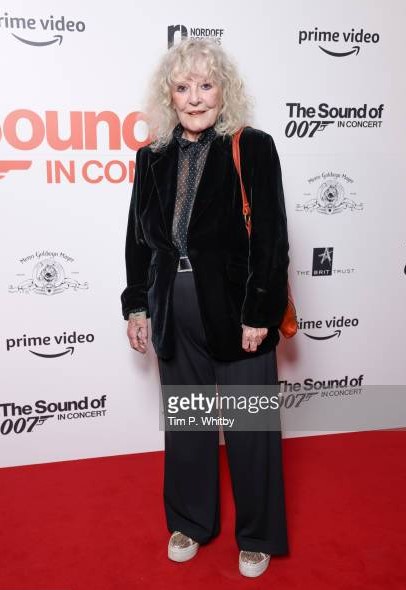
By 1964, Clark’s recording career in the United Kingdom had come to a grinding halt. Tony Hatch, a composer/arranger who had been aiding her with her work for Vogue Records in France and Pye Records in the United Kingdom, flew to her home in Paris with fresh song material he believed would appeal to her, but she was uninterested in any of it.
Neither Clark, who was on tour in Canada at the time the song initially received widespread airplay nor Hatch was aware of the significance the song would have on their respective careers until years later. “Downtown,” which was released in four different languages in late 1964, was a hit in the United Kingdom, France (in both the English and the French versions), the Netherlands, Germany, Australia, and Italy, as well as Rhodesia, Japan, and India, among other places.
Joe Smith, a Warner Bros. executive on a business trip to London, overheard the conversation and purchased the rights for the United States. “Downtown” peaked at number one on the American charts in January 1965 and went on to sell more than 3 million copies in the United States alone. In the United States, “Downtown” was the first of 15 consecutive Top-40 hits for Clark. Other hits included “I Know a Place,” “My Love” (her second US number-one single), “A Sign of the Times,” and “I Couldn’t Live Without Your Love.”
Clark also recorded the song “This Is My Song” (from the Charles Chaplin film A Countess from Hong Kong), and “Don’t Sleep in the Subway.” Several Grammy Awards were presented to her by the American recording industry, including one for Best Rock & Roll Recording of 1964 (for “Downtown”) and another for Best Contemporary (R&R) Vocal Performance of 1964–1965 (for “I Know a Place”).
Her song “Downtown” was inducted into the Grammy Hall of Fame in 2004, and she was the first female artist to do so. “Melody Man,” “The Song of My Life,” “I Don’t Know How To Love Him,” and “The Wedding Song (There Is Love)” is among Clark’s most known songs. had hit songs on both sides of the Atlantic during the early 1970s (1974). “Je voudrais Qu’il Soit Malheureux” was a huge hit in Canada, where it has become a classic.
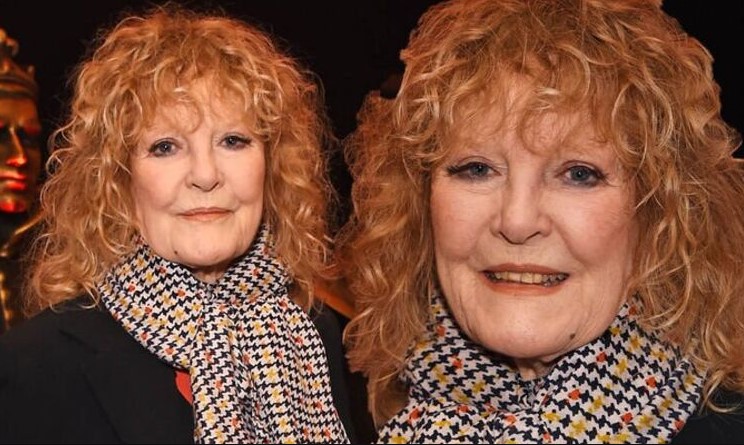
Throughout the 1970s, Clark continued to tour, performing in clubs across the United States and Europe. Clark also appeared in print and radio advertisements for the Coca-Cola Corporation, television commercials for Plymouth automobiles, print and television spots for Burlington Industries, television and print advertisements for Chrysler Sunbeam, and print advertisements for Sanderson Wallpaper in the United Kingdom during this time period.
Clark performed extensively throughout the United Kingdom in both 1998 and 2002. In 2000, she performed a one-woman show, which she wrote herself, at the St. Denis Theatre in Montreal, to rousing applause from the critics and the crowd. She has since continued to perform. Concert performance at the Olympia in Paris in 2003 has been released on DVD and compact disc in both DVD and compact disc formats.
The following year, she performed at venues including the Hilton in Atlantic City, New Jersey; the Hummingbird Centre in Toronto, Ontario; Humphrey’s in San Diego; and the Mohegan Sun Casino in Uncasville, Connecticut. She also performed at the Hollywood Bowl as part of a multi-artist tribute to the late Peggy Lee. Her performance of “Downtown” with the Midtown Men at the Beacon Theatre in New York City on June 20, 2015, was a highlight of her 2015 performing career.
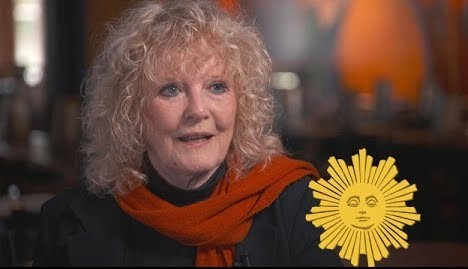
The album Living for Today, which was released on November 10th in English, was a success. In November 2017, Clark started on a tour of the United States. It was her first tour of the United States in more than five decades. Vu d’ici, a French-Canadian album, was published on the 20th of April, 2018.
In March 2019, it was announced that she would be returning to the West End stage in London for the first time in 20 years, in the role of The Bird Woman in the upcoming revival of Mary Poppins. Petula Clark was named as one of the hundreds of artists whose material was reportedly destroyed in the 2008 Universal fire, according to the New York Times Magazine, published on June 25, 2019.
Facts About Petula Clark:
Birthday/Birth Date: 15 November 1932
Birth Place: Ewell, United Kingdom
Children: Katherine Natalie Wolff, Patrick Wolff, Barbara Michelle Wolff
Age: 88 Years old
Official TikTok: NA
Occupation: Singer
Height: 5’0″
Popular Friends: NA
Business Facts:
Salary of Petula Clark: NA
Net worth: $10 Million
Total TikTok Fans/Followers: NA
Facebook Fans: 168k
Twitter Followers: 1602
Total Instagram Followers:1678
Total YouTube Followers: NA
Some Important Facts About Petula Clark:
1. Petula Clark’s birth date is 15 November 1932.
2. Her age is 88 years old.
3. Her birth sign is Scorpio.
4. She is 5feet tall.
5. She can speak English, French, Spanish and Italian.
Petula Clark Fan Mail address:
Petula Clark
Claude Wolff
15, chemin Rieu
1208 Genève
Switzerland
Petula Clark Phone Number, Email Address, Contact Info, Texting Number, Fanmail and More Details
Petula Clark Phone Number, Email ID, Address, Fanmail, Tiktok and More | |
|---|---|
| Email Address | NA |
| https://www.facebook.com/PetulaClarkofficial | |
| House address (residence address) | Claude Wolff 15, chemin Rieu 1208 Genève Switzerland |
| https://www.instagram.com/petulaclarkhq/ | |
| Office address | NA |
| Office Number | NA |
| Official Website | NA |
| Phone Number | (212) 997-1818 |
| Snapchat Id | NA |
| TicTok Id | NA |
| Twitch | NA |
| https://twitter.com/Petula_Clark | |
| Whatsapp No. | NA |
Petula Clark Phone Number:
Petula Clark Address: Geneve, Switzerland
Petula Clark Phone Number: +41 (0)22 347 74 05
Petula Clark Whatsapp Number: NA
Petula Clark Email ID/ Email Address: NA
Petula Clark Social Profiles
Petula Clark Facebook Fan Page:https://www.facebook.com/PetulaClarkofficial
Petula Clark Twitter Handle: https://twitter.com/Petula_Clark
Petula Clark Instagram Profile: https://www.instagram.com/petulaclarkhq/
Petula Clark Snapchat Profile: NA
Petula Clark YouTube Channel: NA
Also Checkout: Memphis Bleek Phone Number, Email ID, Address, Fanmail, Tiktok and More
